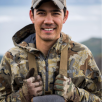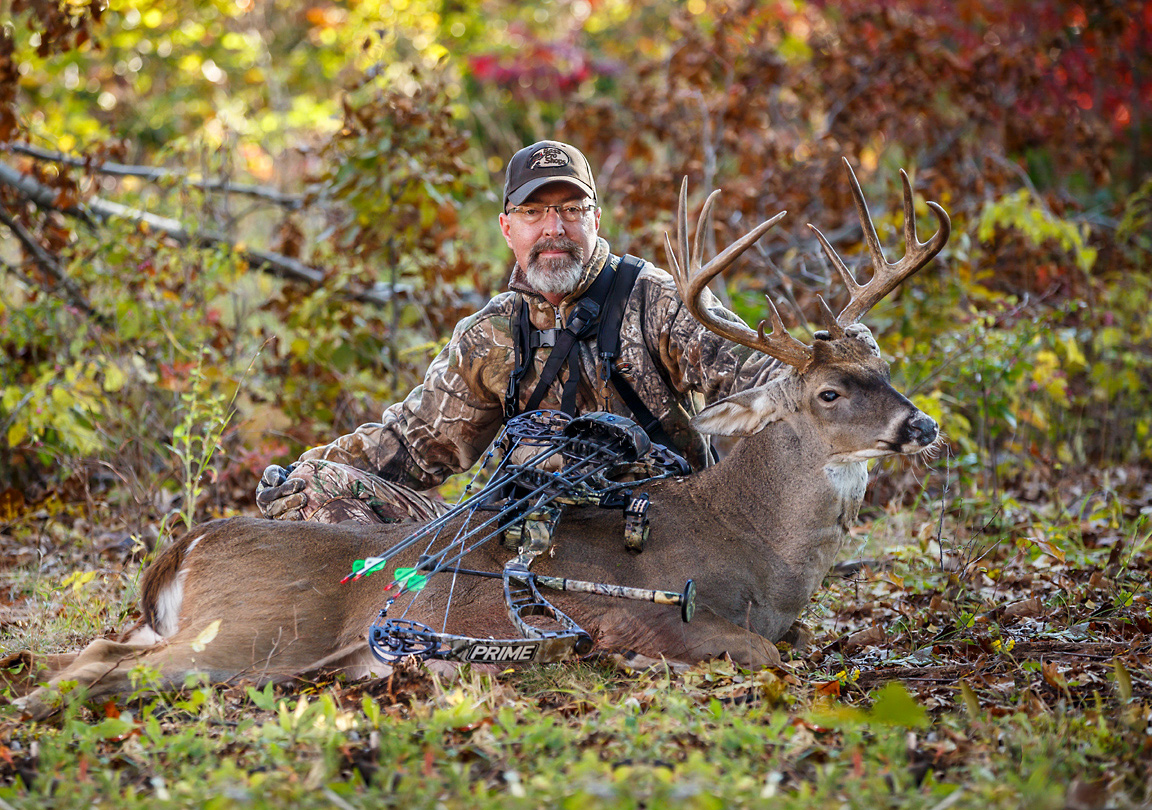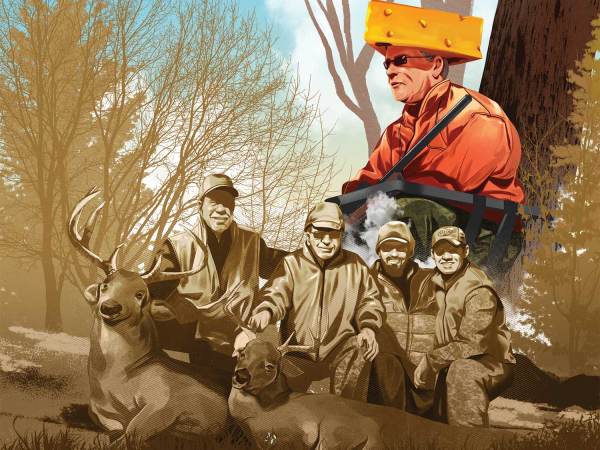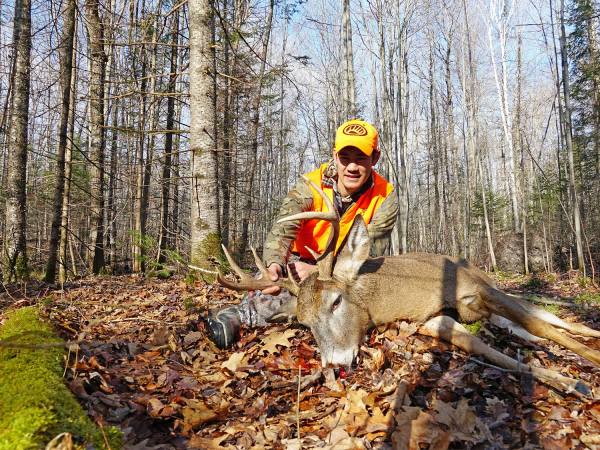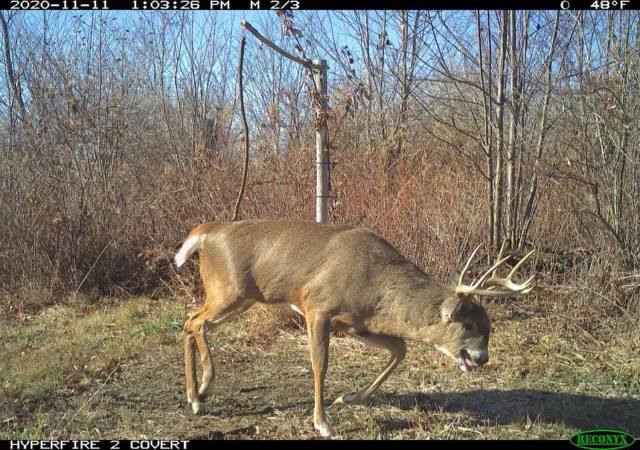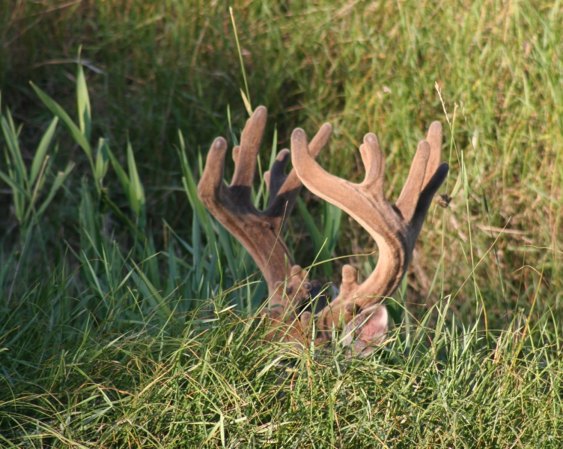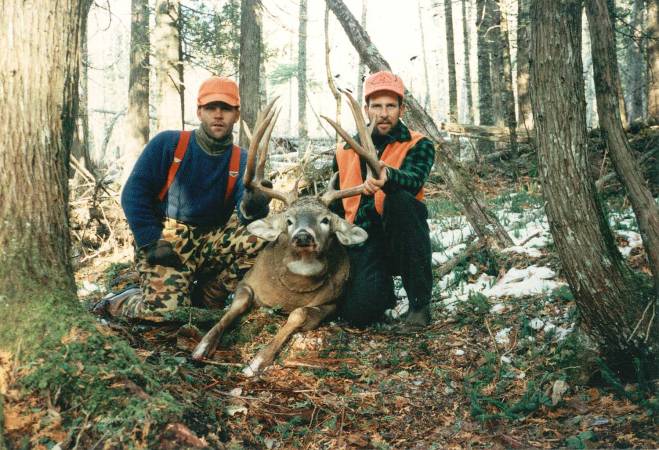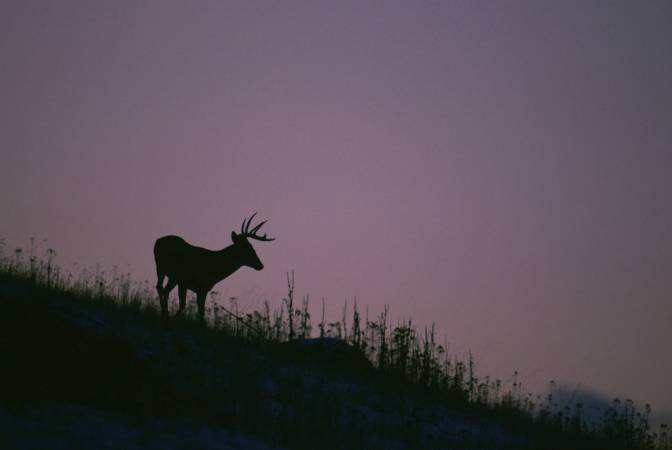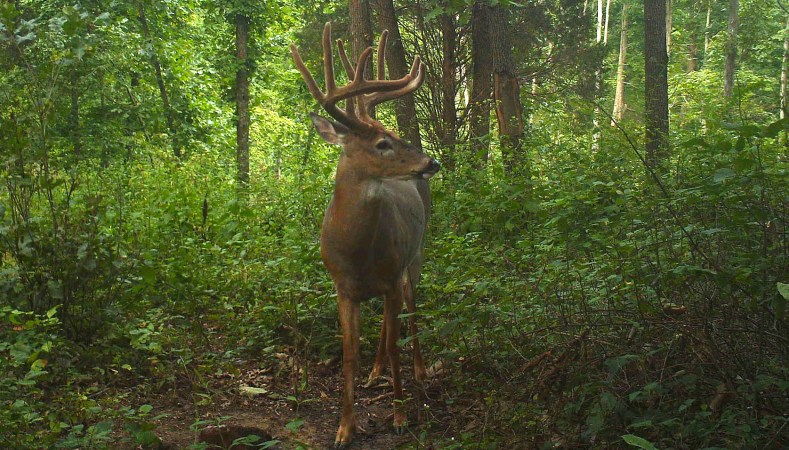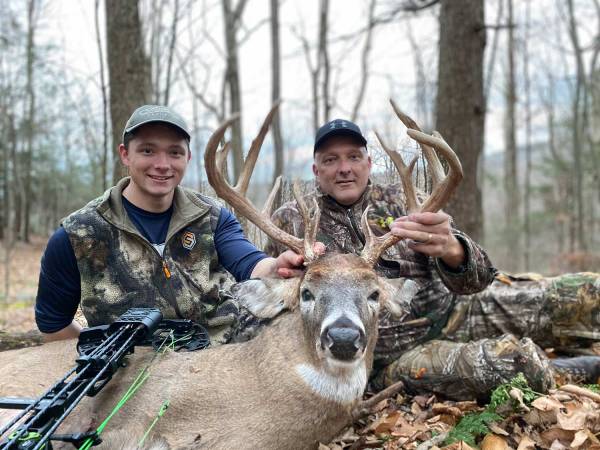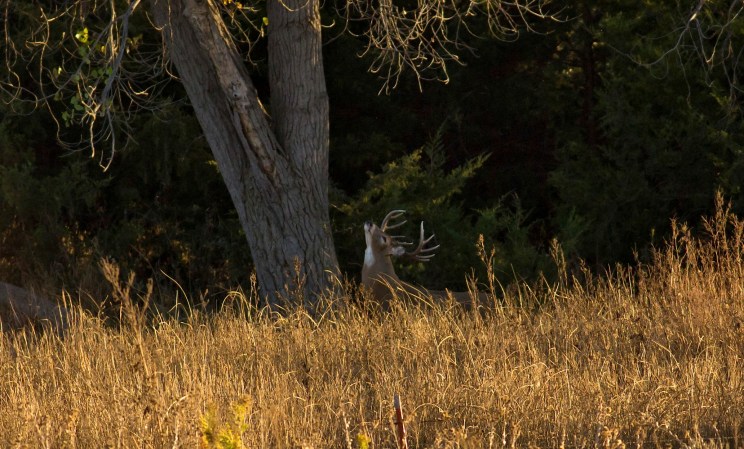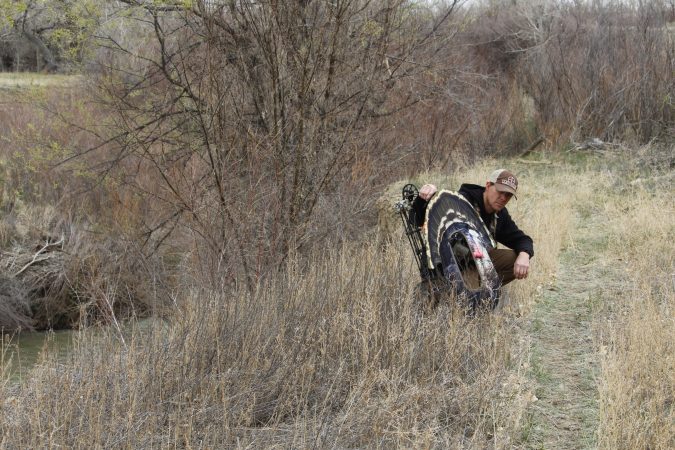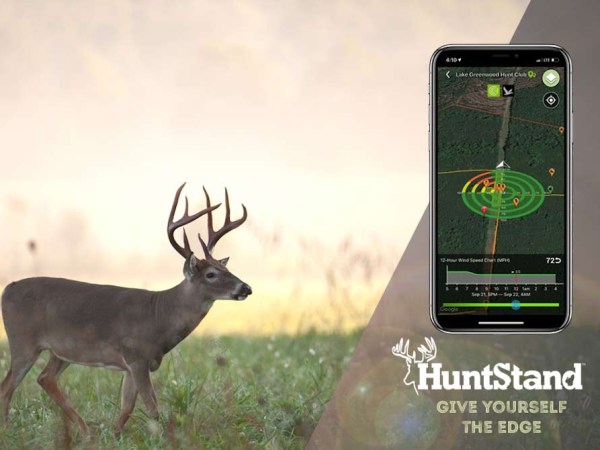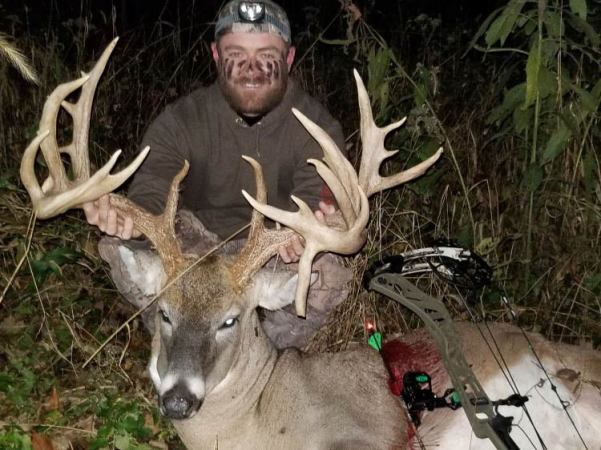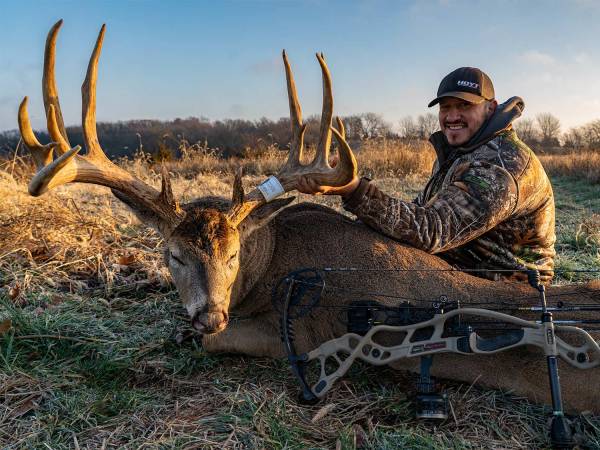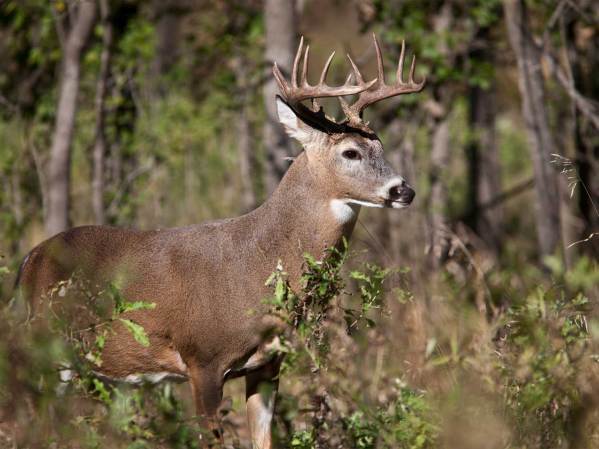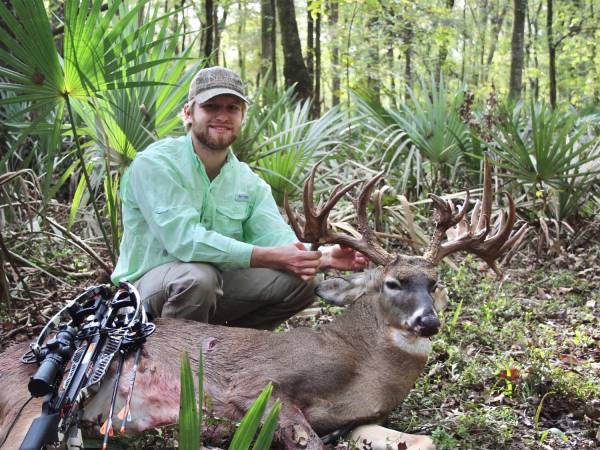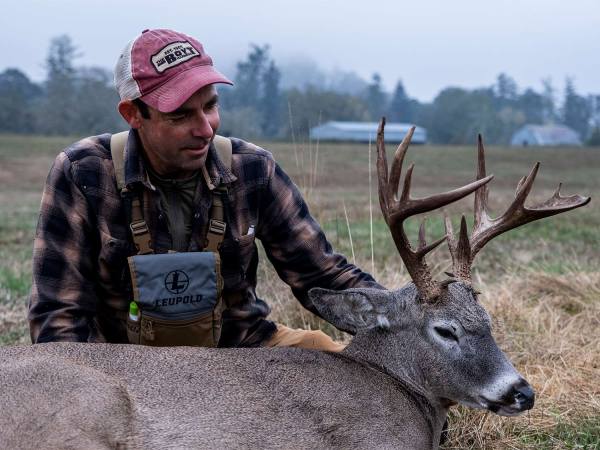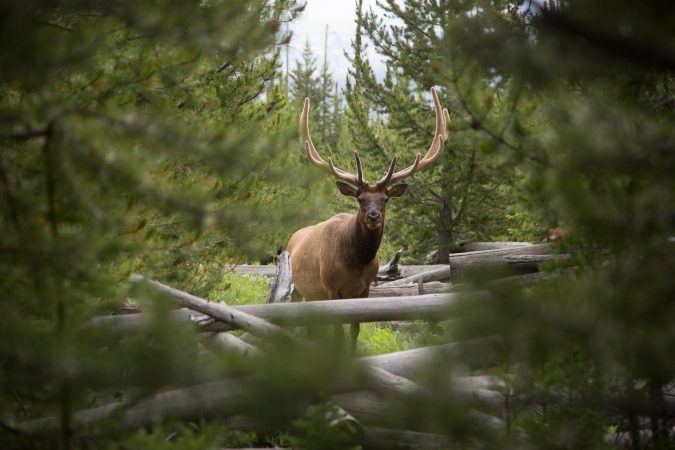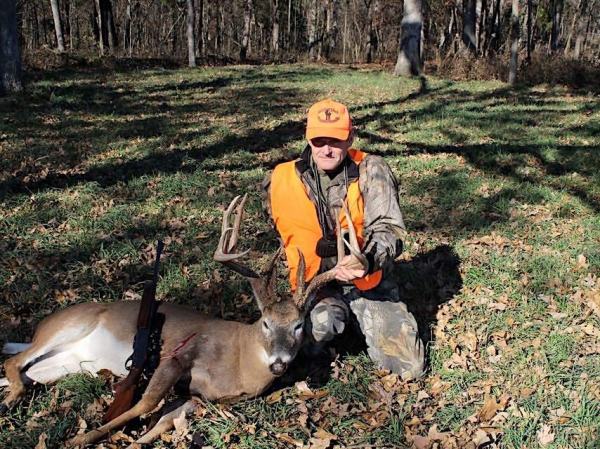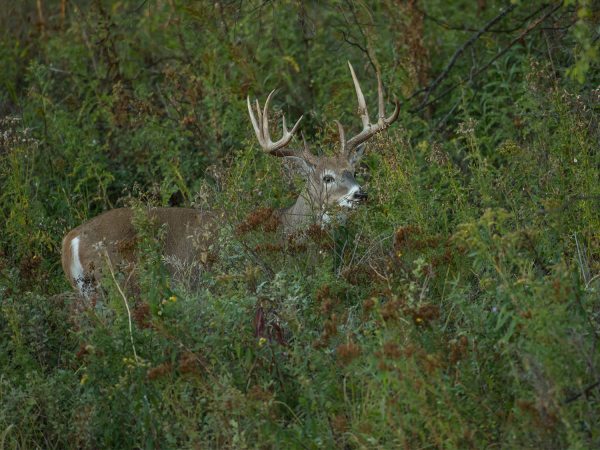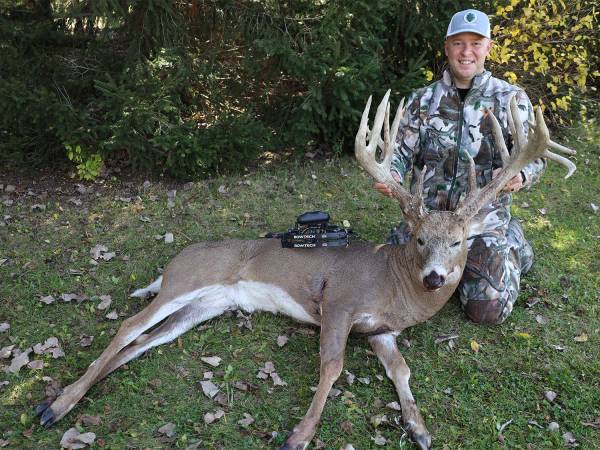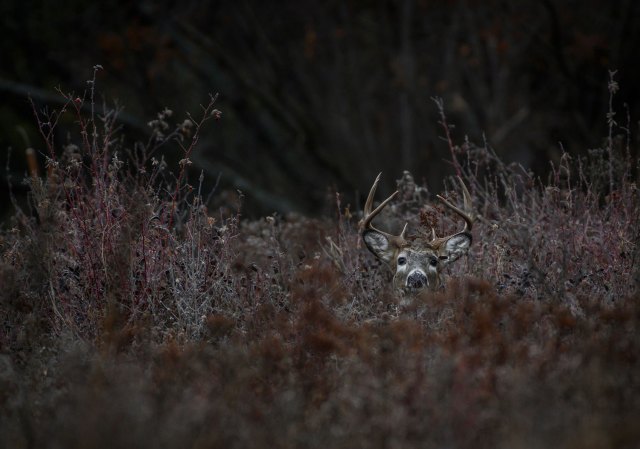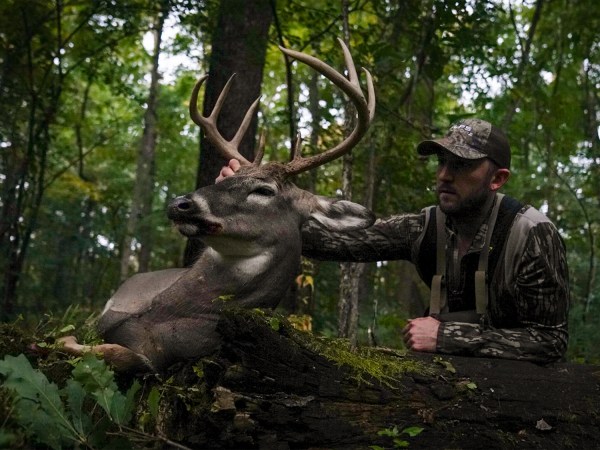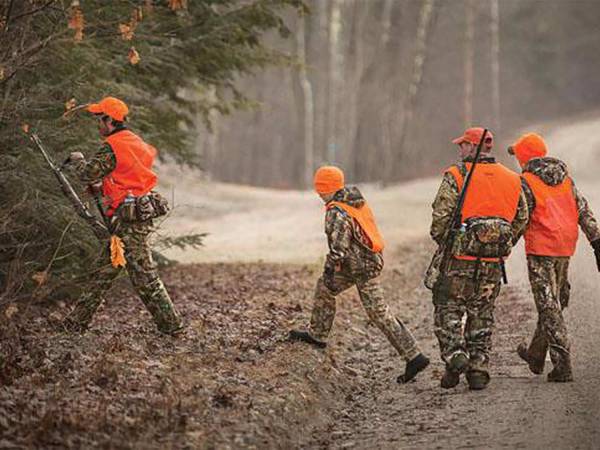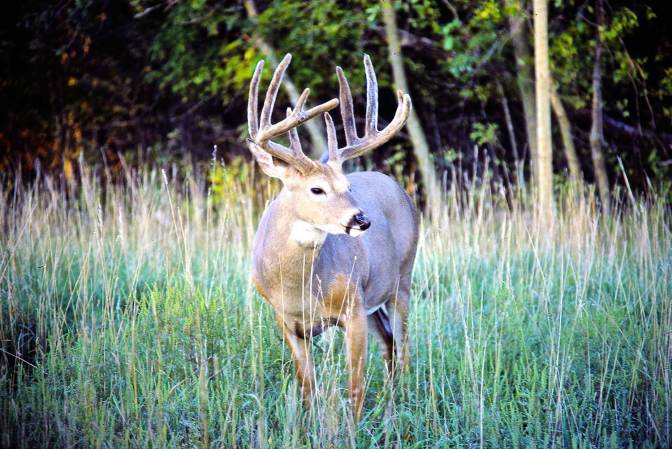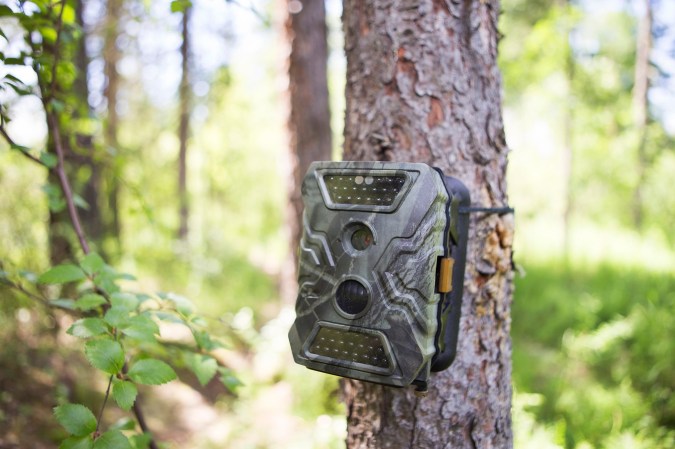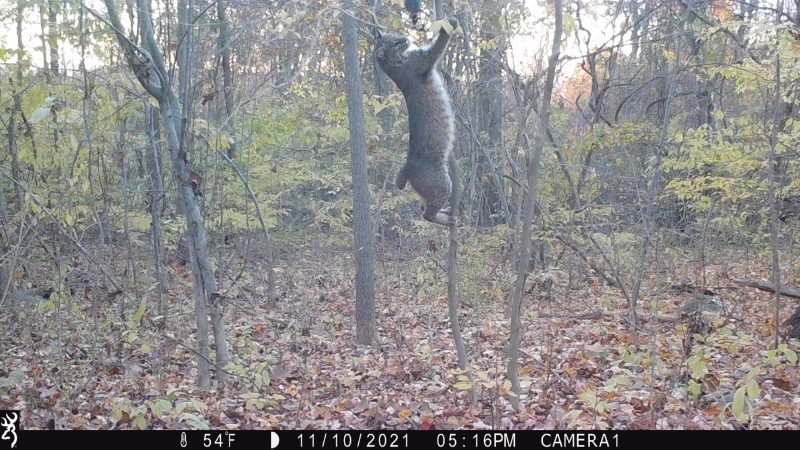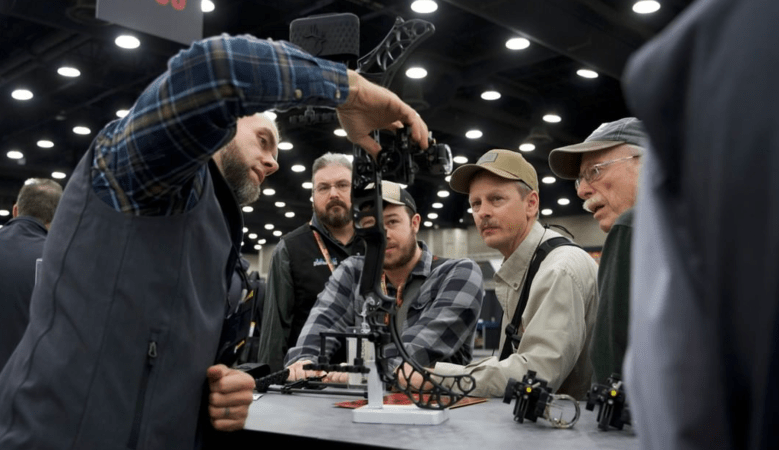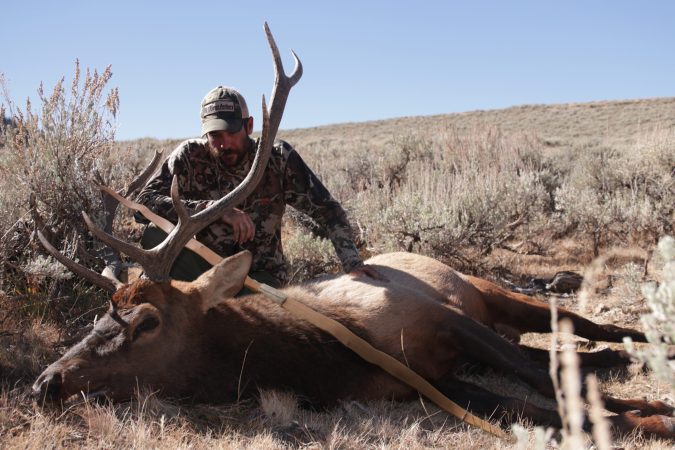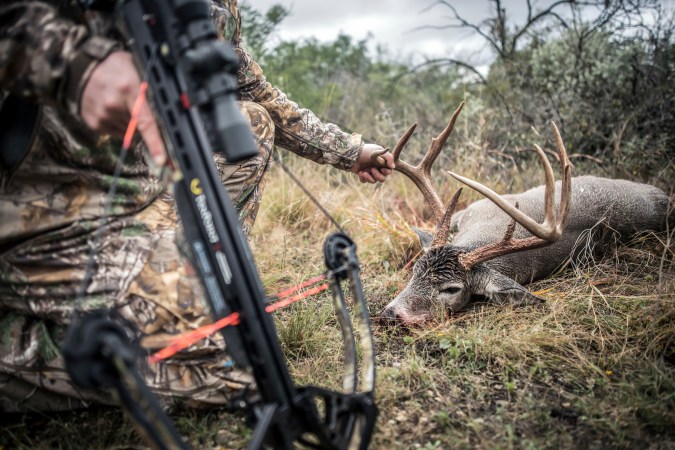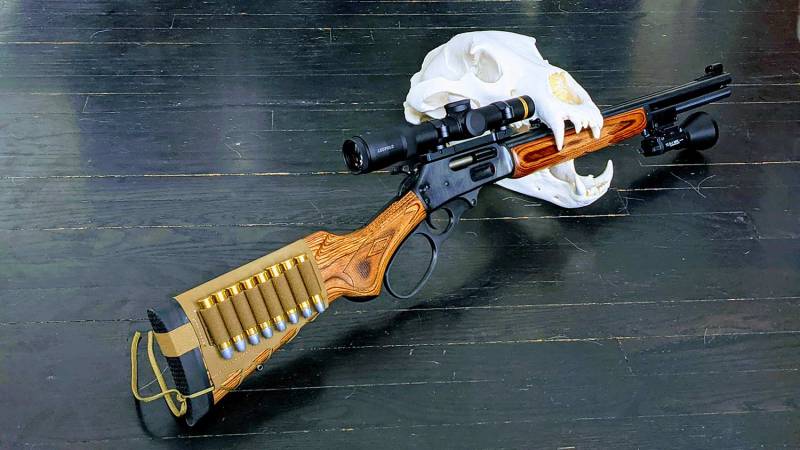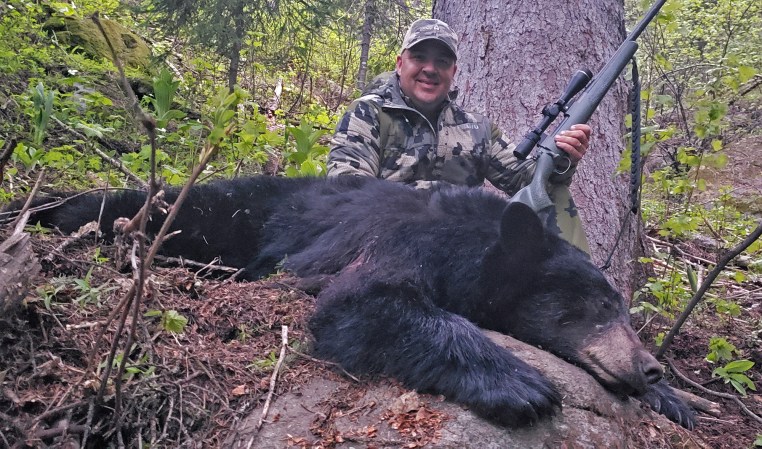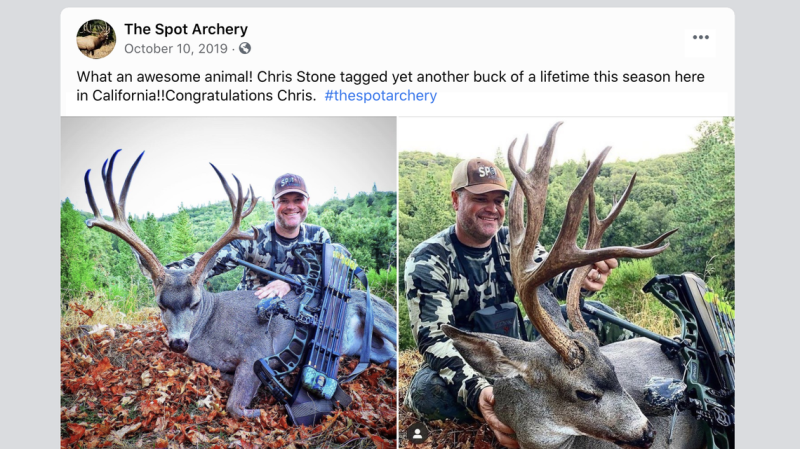Back before trail cameras, Dr. Grant Woods (Growing Deer TV) conducted wildlife research by sitting in a treestand and taking notes. As a young researcher, he was working to monitor whitetail behavior around scrapes but by hanging out in the area he was, of course, spooking some deer. Eventually, Woods began using first-gen trail cameras, which ran on film, and he went on to write one of the most interesting studies on whitetail scrapes at the time (among other things he found that does are just as likely to use scrapes as bucks are, and that yearling bucks are the most frequent visitors of scrapes).
This is all to say that Woods has deep experience with using trail cameras to understand deer behavior. The best cellular trail cameras, which snap photos or videos from the field and send them to an app, everyday hunters can collect data that would have made wildlife researchers envious just a few decades ago. But any hunter who has scrolled through thousands of turkey and squirrel photos can tell you all those trail camera images are only useful if you can filter and sort them.
In the latest advancement of trail cam technology, apps now use artificial intelligence to help solve that problem. Here’s how to execute the same cellular trail camera strategy that Woods had developed after many years of experimenting
Using AI to “Hunt Like a Bobcat”
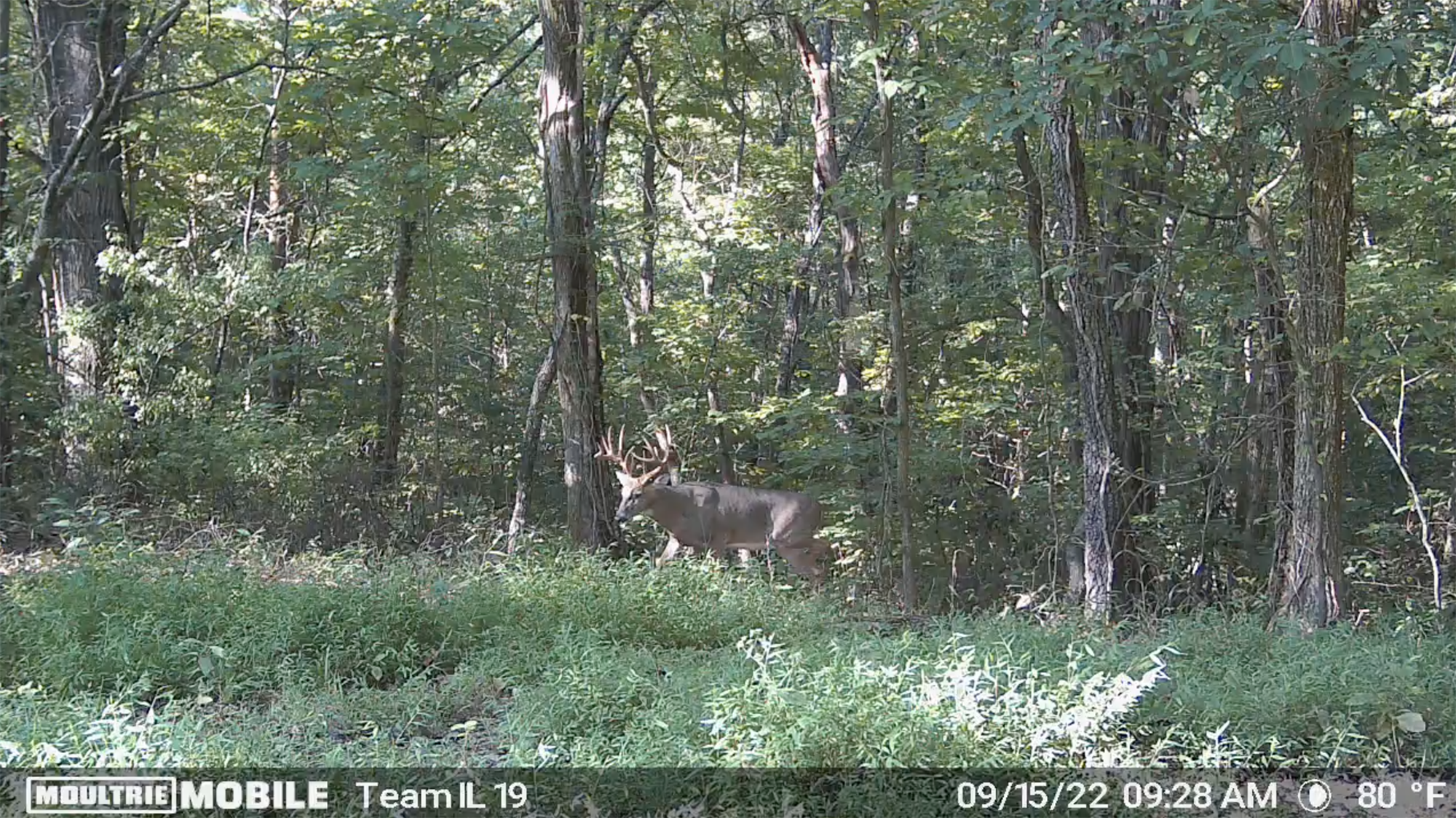
Trail cam apps that can identify species and differentiate between bucks and does are a gamechanger. With multiple cameras on a property, an app like the one from Moultrie Mobile Edge will take in data from a variety of different locations all at once. You can then filter that data and see only buck photos, for example. The app will show you buck activity graphs that correlate with time of day, temperature, and moon phase.
“I use that Moultrie Mobile Edge app daily,” Woods says. “I’ll look at an hour-by-hour breakdown and I can track each individual buck. The app has really good artificial intelligence, so I can narrow my photos just to bucks.”
“There are a lot of applications for [deer behavior] prediction software that tell you when deer are going to move, and I’m not saying they’re good or they’re bad or otherwise,” Wood says. “But what I have personally found to be the most accurate [predictor of deer movement] is I take my camera data on an app and I just look at the last two days. If the weather is consistent, I’ll do three days. Deer change rapidly based on conditions.”
This is not, however, a silver bullet for tagging your target buck. Think of it more as directional data that tells you were the best activity is and when the hottest times will be.
“It’s not about knowing exactly where to kill one buck, I won’t say [the app] is that good, but it’s about gaining knowledge on general deer behavior.”
Woods says if he sees on his camera data that bucks are only moving during the last few minutes of legal light, he won’t go sit in his stand at 3 p.m. This would create only more time for his scent to spread and potentially spook deer.
“I call it hunting like a bobcat,” Woods says. “If you think about how bobcats hunt, they’re constantly moving, and they kind of hunt in a cloverleaf pattern—we know this from GPS data. They’ll hunt here a day, and then maybe over here a day. They’re giving the prey time to rest a little bit and not be on guard so much. So I’ll do that with deer. If I know that deer are only moving the last 15 minutes, I’ll get there with 30 minutes [until end of legal light]. I don’t want my scent to have time to disperse any more than that. And if they’re hardly moving at all, I know I’ve got to crowd that bedding area or not hunt.”
“What these cellular trail cameras are allowing us to do is be better students of deer behavior and refine our hunting techniques so we can have more enjoyment or get more venison or whatever it is. I’m not convinced they tell us exactly where to go to kill the big buck. They just allow us to scout a little smarter.”
READ NEXT: Is Hunting with Cellular Trail Cameras Fair Chase or Cheating?
How Many Trail Cameras Do You Need?
How many trail cameras you decide to run will, of course, at least partly depend on your budget. On the upside good cellular trail cams cost about the same as quality non-transmitting trail cameras and you won’t be burning up gas to go check them. Woods says on a typical 200-acre deer hunting property in the Midwest or South, he’d want at least four cameras.
“I would put one on the back of the beanfield or whatever the big ag source is in that area,” Woods says. “I would put one in a travel corridor, and if it’s the time of year that acorns are starting to fall, I’d put one on acorns … What I’m trying to get a general feel for is where and when are deer using these different resources. And if they’re not coming to the beanfield because there are so many acorns on the ground, then I’ll pull that camera pretty quick.”
Minimizing Pressure
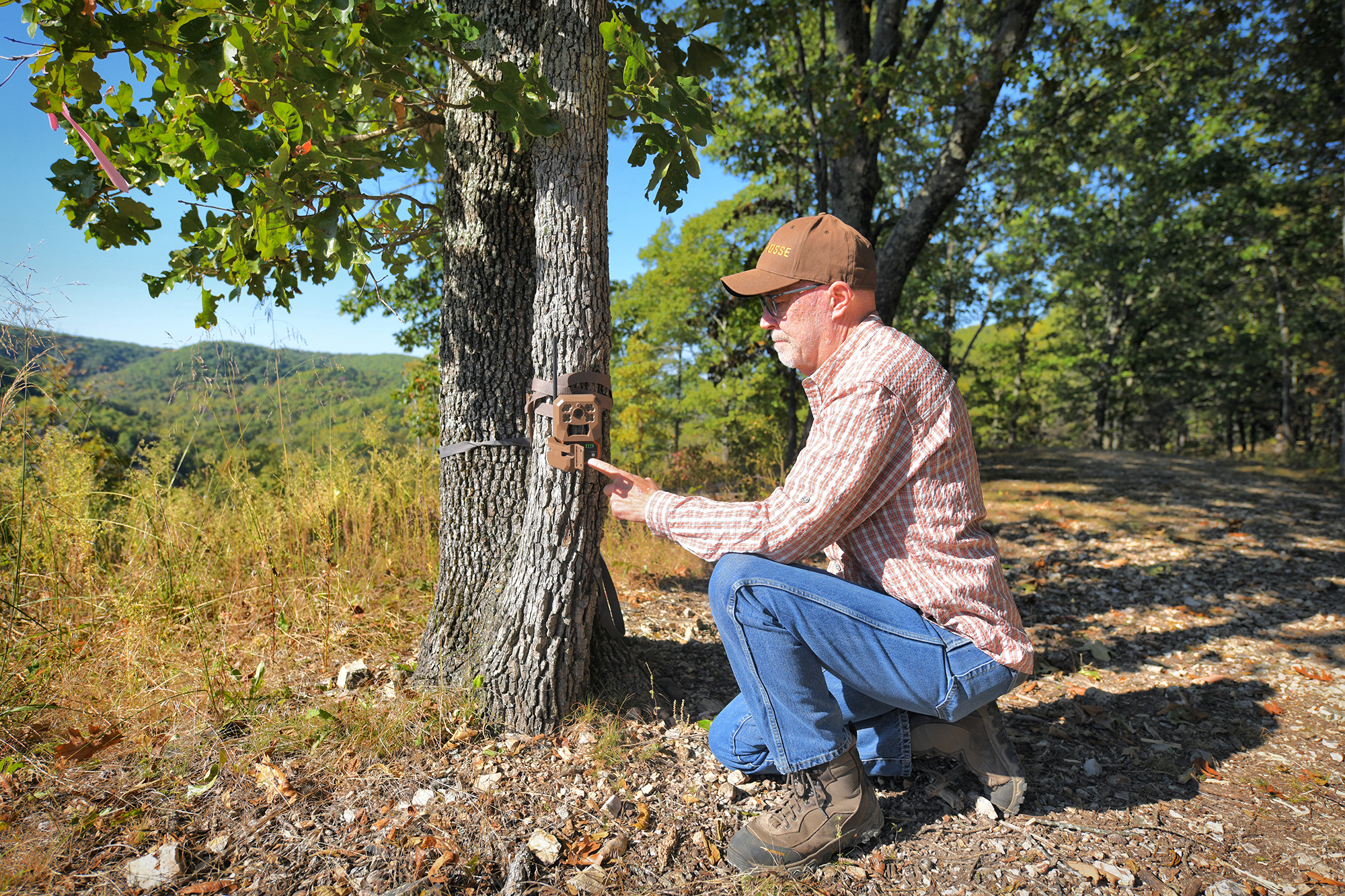
Even with cellular trail cameras, Woods doesn’t charge into the heart of a core area, for fear of spooking deer.
“It’s easiest to hunt deer that aren’t alert, that’s just a baseline,” Woods says. “Even with trail cameras, I want to limit the disturbance in the area. If I think there’s a big old scrape right in the middle of this white oak field, I’m not just busting in. I’ll want to catch a scrape coming into that point, so I’m not risking it. I just want to get to the edge. I want to know which time of day deer are feeding on these white oaks and which direction they’re coming from.”
“Oddly enough, it’s very rare that my treestand or blind is where my trail cam is. I’m using trail cams to scout an area and then I’m moving in. I’m using trail cam information to say, ‘They’re here at dark, that means I gotta back up 10 minutes to catch them in daylight.’ Well, I don’t go stick a trail camera in there, that’s just more disturbance. I just want to make sure they’re on that trail at dark, and I know I’ve got to be 10 or 15 minutes back the other way.”
Local Intel
Deer movement predictors, best times to deer hunt articles, and simple gut instinct are all good for predicting deer movement. But they all fall short to trail cam data because trail cam data is coming in real time, from exactly where you hunt.
“That data from the last two or three days, on the property where you hunt, it’s just so valuable,” Woods says. “You’ll see, ‘well it’s getting colder, they’re moving a little bit earlier.’ Or maybe the weather is great and you’re not seeing anything. Did the neighbor’s dogs run through the property, or what caused that? You know there’s something going on there.”
Keep collecting trail camera data on your property season after the season closes and soon you’ll have a powerful resource that will help you understand deer behavior over the long-term. You’ll be able to check your hunches (and those of your buddies) against hard data.
The Moultrie Mobile Edge Camera
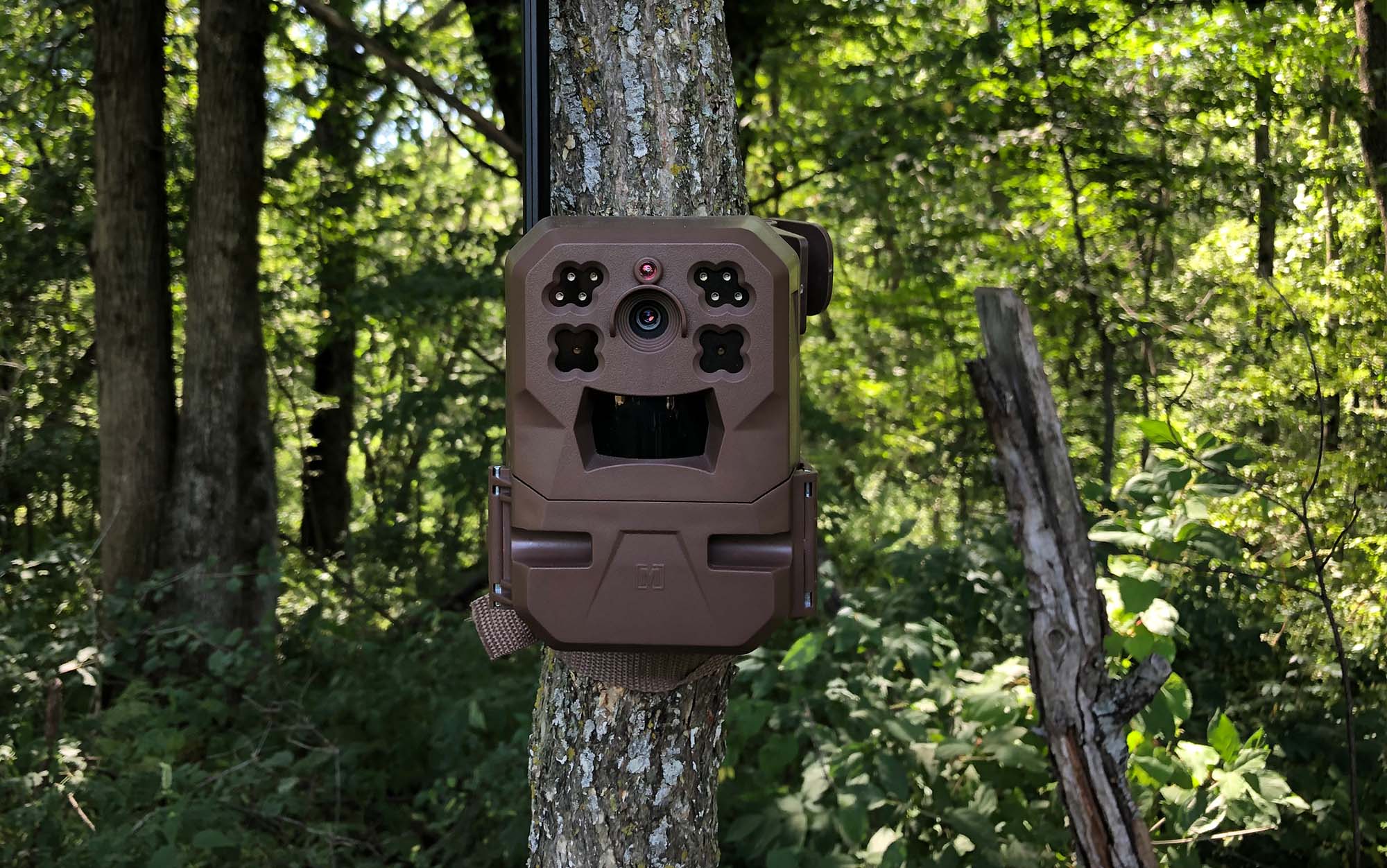
Woods uses the Moultrie Mobile Edge, which is a functional, capable camera and costs only $100, which is impressive. But what’s truly remarkable about this cellular trail camera is all of the features it brings to the table through its Moultrie Mobile app. The camera automatically connects to the strongest network in the area (without requiring you to switch sim cards) and promptly sends photos. Here’s the cool part: The Moultrie Mobile app is designed with image recognition, so it identifies deer (including bucks vs. does), turkeys, vehicles, and humans in photos. From there, you can sort your photos based on species. Say, for example, you set the camera in the summertime and by November you have a few thousand photos, including some shooter bucks, does, squirrels, coyotes. The app allows you to filter images so you’ll only see the buck photos. What’s more, it gives you activity data, showing when bucks are passing by the camera most frequently. With a few cameras running on a hunting property over the course of several seasons, you’d have a powerful data set showing when bucks are moving based on time of season, time of day, temperature, and moon phase. This camera will do more than just pattern a specific buck, it will help you pattern deer activity in your area for a lifetime of good hunting.
